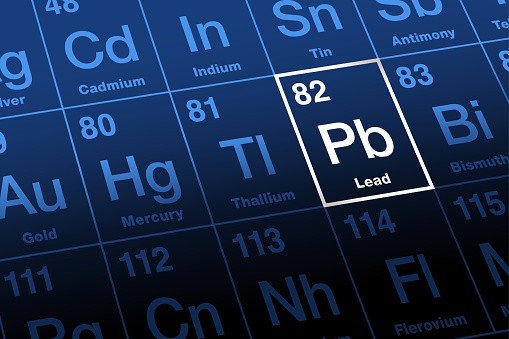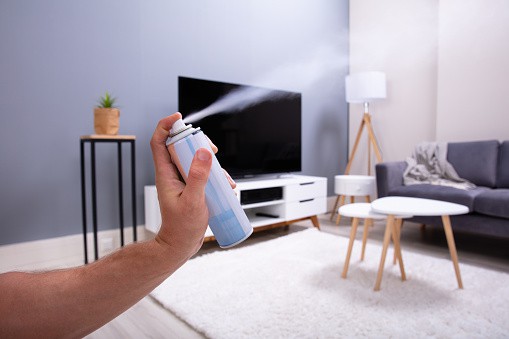Your home is meant to be your safe zone and place of rest. But there may be some toxic chemicals lurking in various materials in your home, ranging from where you lay down and close to your eyes to the products sitting on your bathroom counter. There may even be toxic chemicals in your food and beverages.
The more you know, the more easily you can work toward keeping your home clear of these materials, ensuring you and your family are safe from developing health issues.
To compile this information, 24/7 Tempo reviewed data from the Centers for Disease Control, American Lung Association, Environmental Protection Agency, and many more agencies to provide 12 toxic materials in your home, including where they’re found and what health conditions they’re linked to.
1. Lead
It was banned in 1978, but lead-based paint still exists in homes built before then. In California, it’s a leading cause of childhood lead poisoning. Lead doesn’t just linger in paint, however. It can also be found in the pipes of your home, in the toys strewn across your living room, and even in the makeup you use. Consistent exposure to lead can cause it to build up in your body. When this occurs, you may experience behavioral issues and brain damage. No level of exposure to lead is considered safe. This is especially true for little ones.
2. Endocrine Disrupting Chemicals (EDCs)
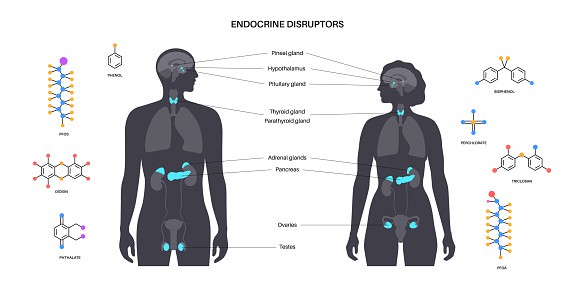
Endocrine disruptors in human body. Adrenal glands, thyroid, parathyroid, ovary and pancreas in male and female silhouette. Pineal and pituitary glands in brain. Network of organs vector illustration
EDCs may be lurking in several products throughout your home. Something as seemingly harmless as a child’s toy may contain these chemicals. However, it’s not just plastic — EDCs can be found in your carpet, cosmetics, and even some foods and drinks. Exposure to EDCs interferes with your hormones, which make up a part of your endocrine system. You may not be able to escape the presence of EDCs altogether, but you can be mindful about what you bring into your home. EDCs may harm you and your family in various ways, even in small doses. The National Institute of Environmental Health Sciences lists several examples of how EDCs cause harm, including attention-deficit hyperactive disorder (ADHD) in children, diminished immune response, metabolic disorders, and fertility changes.
3. Per- and Polyfluoroalkyl Substances (PFAs)

You love your nonstick cookware because it makes cleanup a breeze, and your foods come out as intended. But there may be PFAs in these cookware options. These chemicals are excellent for repelling grease, which is also why they’re used in carpets and some types of clothing, like those labeled as stain-resistant. Even when you sit down after a long day to watch a movie with popcorn in hand, you’re exposed to PFAs since they’re used in those microwavable bags popcorn pops in. According to the Agency for Toxic Substances and Disease Registry, PFAs are linked to changes in liver enzymes, higher cholesterol levels, preeclampsia in pregnant women, and kidney and testicular cancer.
4. Bisphenol-A (BPA) and Bisphenol-S (BPS)

Two scientist worried about exceeds of safety levels of bisphenol. Plastic bottles, spoon, fork. Environment, population concept
You may already be checking your plastics to make sure they’re free of these endocrine disruptors, but they’re still commonly used in hard plastics, including in baby bottles. Even the lining of metal cans may contain BPA and BPS. Both are linked to serious side effects. When you’re exposed to BPA, for example, you notice higher blood pressure, and you could develop cardiovascular disease. Research also links BPA to type 2 diabetes. Research links BPS with positive breast cancer cells and impaired neural function.
5. Formaldehyde
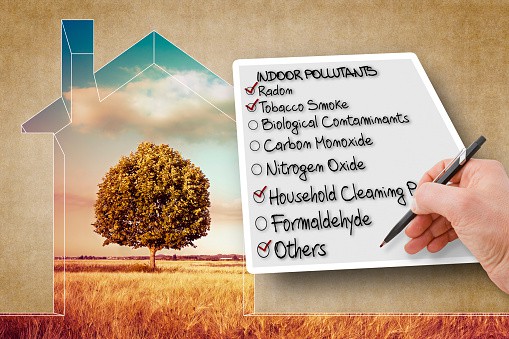
Hand write a check list of indoor air pollutants - concept image
The Centers for Disease Control and Prevention warns against exposure to formaldehyde, noting that you may experience coughing, choking, throat swelling, chemical burns in your lungs, and even death. You may even be familiar with the smell as it’s commonly used in manufacturing processes. When you purchase a new mattress, for example, you may notice a strong odor that emanates from it for several hours to a few days. Some describe it as reminiscent of a new car smell, while others associate it more with the sharp, stinging scent of a pickle.
6. Perfluorinated Chemicals (PFCs)
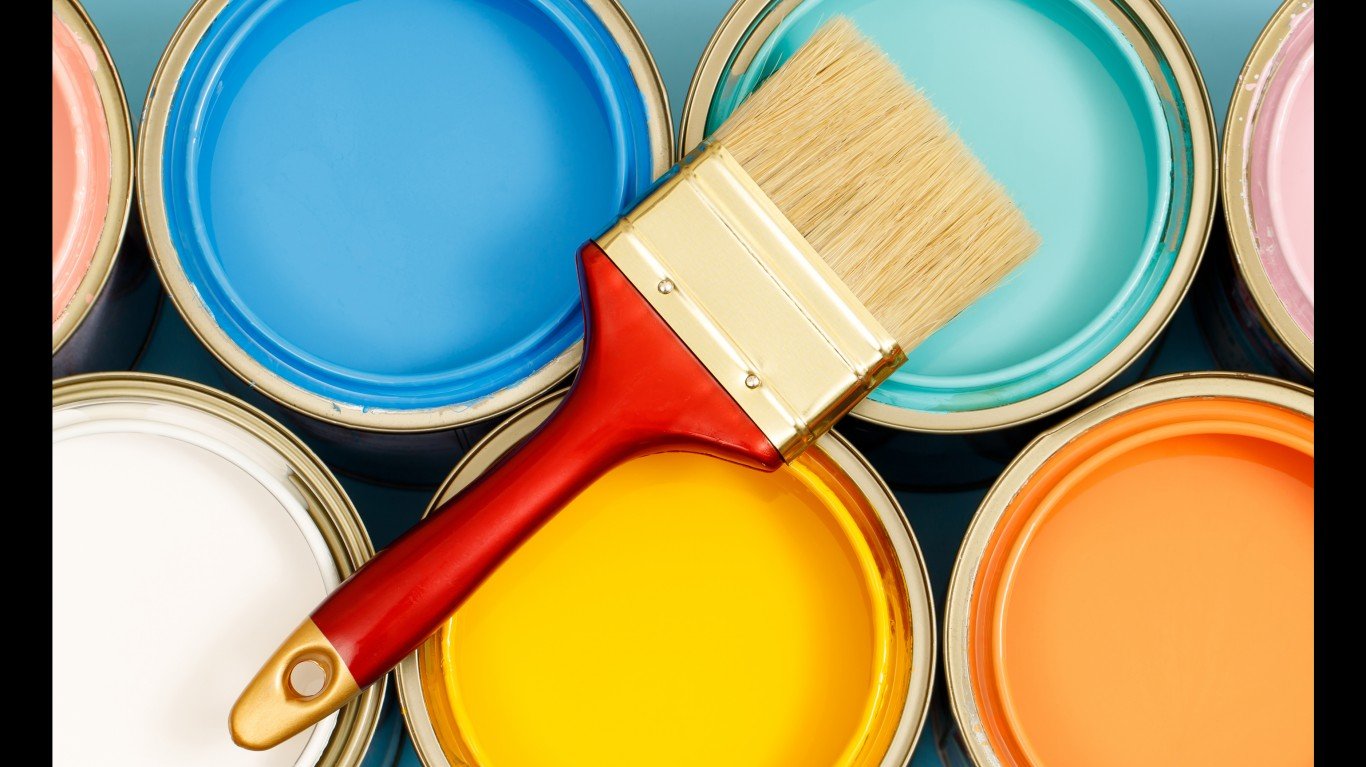
Used for their heat-resistant properties, PFCs are found in furniture, paint on your wall, and even in your flooring. PFCs are shown to disrupt endocrine activity and can adversely affect your other organs as well, including your liver. PFCs may be lingering throughout your home in some electronic parts and even the waterproof outdoor clothing you keep stored in your closet. They’re often found in stain repellants as well, so while they may offer some benefits, the drawback is the link to several health conditions.
7. DEHP

Making up part of the chemical family called phthalates, DEHP is included in the development of some plastics. This chemical aids in their flexibility but is also a human carcinogen. It is associated with reproductive harm and birth defects. DEHP may be lurking in your home in your shower curtains, your kiddos’ backpacks, the garden hose you use to water your plants, and even in your shoes. If you keep certain medical devices at home, they may also contain DEHP.
8. Parabens
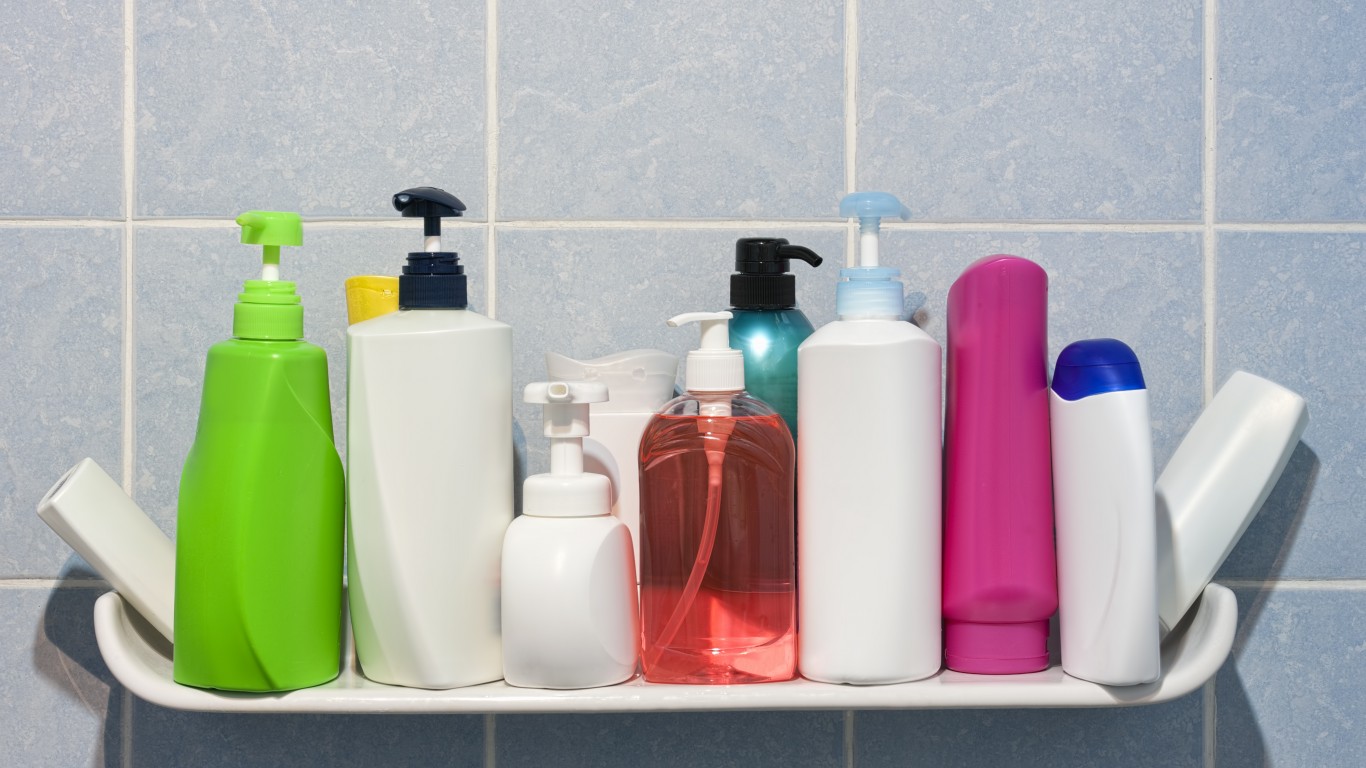
Often used in a range of cosmetic products, including shampoos and conditioners, parabens serve as a preservative. They help to prevent the growth of mold and bacteria, but they are also linked to endocrine disruption and cancer. You can find parabens in your moisturizers and even in your toothpaste. They aren’t only in your cosmetics, however. They may make it into your food and drinks. Some examples of items high in parabens include iced tea, red wine, and eggs.
9. Asbestos

This mineral fiber occurs naturally in rock and soil and has impressive strength. For this reason, it’s been used in a range of building materials, from insulation to floor tiles and roofing shingles. According to the US Environmental Protection Agency, there are a few types of asbestos that are banned; however, most asbestos are still used, and they can be quietly present throughout your home, especially if you live in an older property. They may be in your attic, your floor tiles, your roof, and even in textured paint. Your pipes, furnace, and door gaskets may contain asbestos as well. Even the vehicle sitting inside your garage may contain asbestos in the brakes and clutch. If you’re considering a renovation, you must check for asbestos before touching anything. The moment you damage an asbestos-containing material, you release the fibers and particles. When inhaled, asbestos leads to several serious conditions, including respiratory diseases and cancer.
10. Polybrominated Diphenyl Ethers (PBDEs)

Living room interior with stylish furniture, focus on soft carpet
Living room interior with stylish furniture, focus on soft carpet
PBDEs are found in a range of items you probably don’t think twice about in your home. Some building materials contain PBDEs, as well as the padding underneath your carpet. They are used as fire retardants in the home, including in textiles, but they are linked with several health conditions, including tumors, cognitive function disruption, and thyroid issues.
11. Benzyl Benzoate

Closeup on woman trichologist in rubber gloves checking child hair.
This medicine treats lice and scabies and must only be used as directed. It’s incredibly potent, and using more than the recommended dosage can lead to higher absorption via your skin and a higher risk of side effects. It can easily cause irritation if it comes into contact with your eyes or nostrils — especially if it drips onto an open wound. Though this medicine is effective in the treatment of lice and scabies, you must be careful about its storage, keeping it out of reach of tiny hands and storing it at room temperature in a secure area. Side effects of the medicine include skin irritation, difficulty urinating, and even loss of consciousness.
12. Volatile Organic Compounds (VOCs)
Your indoor air may be polluted by VOCs, resulting in irritated eyes and mucous membranes. You may experience this discomfort in the short term, but after long-term exposure, you may develop kidney and liver damage, nervous system conditions, and cancer. Several products contain VOCs, including cleaning supplies, air fresheners, and even markers. Some upholstered furniture and drapes may contain VOCs as well. The American Lung Association offers suggestions for reducing VOCs in the home, including source control, ventilation, and indoor air neutralization. (Click here to learn more about Improving Home Air Quality.)

